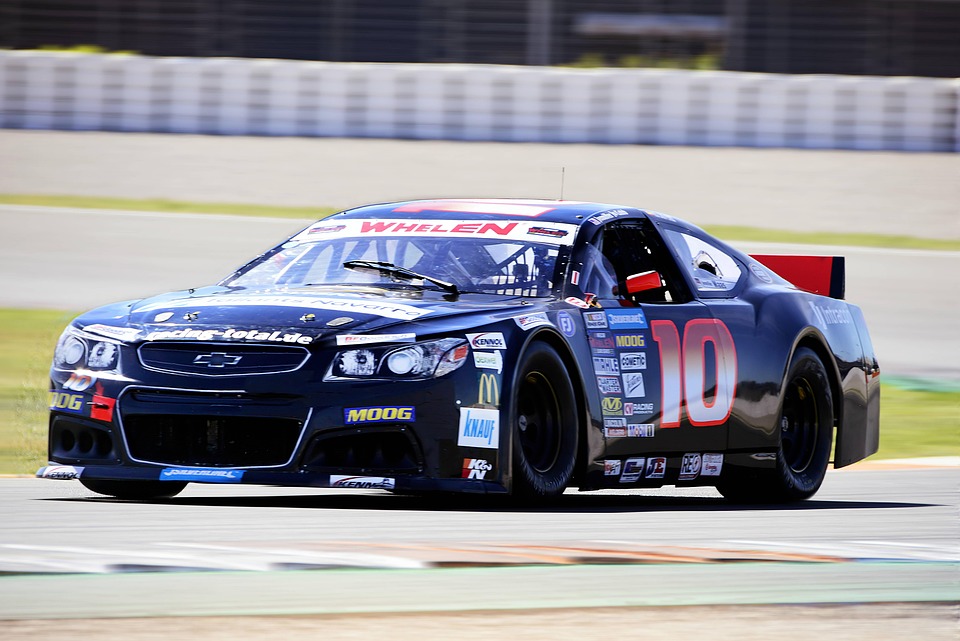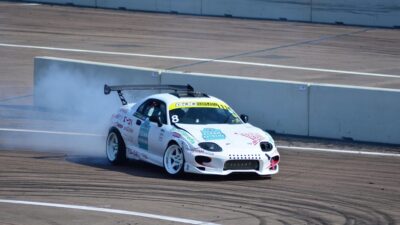NASCAR, which stands for the National Association for Stock Car Auto Racing, has been synonymous with American motorsport culture since its inception in 1948. Over the decades, the sport has witnessed a remarkable transformation—not just in its racing formats and regulations but also in the design and technology of its cars. This article takes a journey through the evolution of NASCAR’s iconic cars, highlighting pivotal moments and innovations that have defined the sport.
The Early Years: Stock Cars of the 1940s and 1950s
In the late 1940s, NASCAR emerged from a post-war America looking for entertainment. The first cars used in races were literally stock cars—vehicles that could be purchased directly from dealerships. Manufacturers like Ford and Chevrolet produced models such as the 1949 Ford and the 1950 Chevrolet, which were modified primarily for safety and performance. These early cars were characterized by their simple designs, large bodies, and powerful engines—elements that would lay the groundwork for the stock car racing culture.
The Muscle Car Era: 1960s to 1970s
The 1960s and 1970s marked a golden age for NASCAR as manufacturers began to embrace the muscle car revolution. Cars like the Dodge Charger, Plymouth Superbird, and Chevrolet Monte Carlo dominated the tracks, appealing to fans with their powerful V8 engines and aggressive aesthetics. This was a time when NASCAR also began to gain significant national attention, thanks in large part to the legendary rivalries between drivers like Richard Petty, David Pearson, and Bobby Allison.
During this period, aerodynamics became increasingly important. The introduction of wing designs and tapered roofs set the stage for future advancements in performance and handling.
The Aerodynamic Revolution: 1980s to 1990s
With a growing emphasis on technology and performance, the 1980s and 1990s saw NASCAR cars undergo significant changes. The introduction of aerodynamics reached a notable peak with vehicles like the Chevrolet Lumina and the Ford Thunderbird. Designers began to focus on creating cars that not only looked fast but could also slice through air with the least resistance.
Safety also began to take center stage during this era. Innovations like the use of reinforced roll cages and improvement in crash test practices helped to protect drivers during high-speed collisions. The tragic loss of racers like Dale Earnhardt in 2001 further accelerated safety enhancements, leading to the modern implementations seen today.
Modern NASCAR: 2000s to Present
The advent of the 21st century brought a new set of challenges and opportunities for NASCAR. The Car of Tomorrow (COT), introduced in 2007, marked a fundamental shift in car design. This new specification focused heavily on safety features, more uniformity across manufacturers, and tighter control over costs. The COT was built to handle tougher racing conditions and ensure driver safety, making it a pivotal moment in NASCAR history.
In the 2010s, further evolution continued with the introduction of the Gen-6 cars, which had refined aerodynamics, a focus on driver visibility, and increased emphasis on manufacturer identity. These cars were modeled more closely after the actual street versions of their respective brands, reviving some of the sport’s original appeal.
The Next Generation: NASCAR’s Next Gen Car
Entering the 2020s, NASCAR unveiled its Next Gen car—a radical redesign poised to be more competitive and adaptable to changing technologies. With advancements such as independent rear suspension, larger wheels and tires, and an overall push towards more sustainable practices, the Next Gen car represents a blend of tradition and innovation. This move is seen as crucial for the sport’s future, aiming to attract a new generation of fans while staying true to NASCAR’s rich heritage.
Conclusion
The evolution of NASCAR cars is a testament to the sport’s adaptability and commitment to progress. From the humble stock cars of the 1940s to the cutting-edge designs of today, these vehicles reflect the changing dynamics of technology, safety, and fan engagement. As NASCAR races into the future, one thing remains certain: the roar of engines and the thrill of competition will continue to captivate audiences, making it a cornerstone of American motorsport for years to come.



